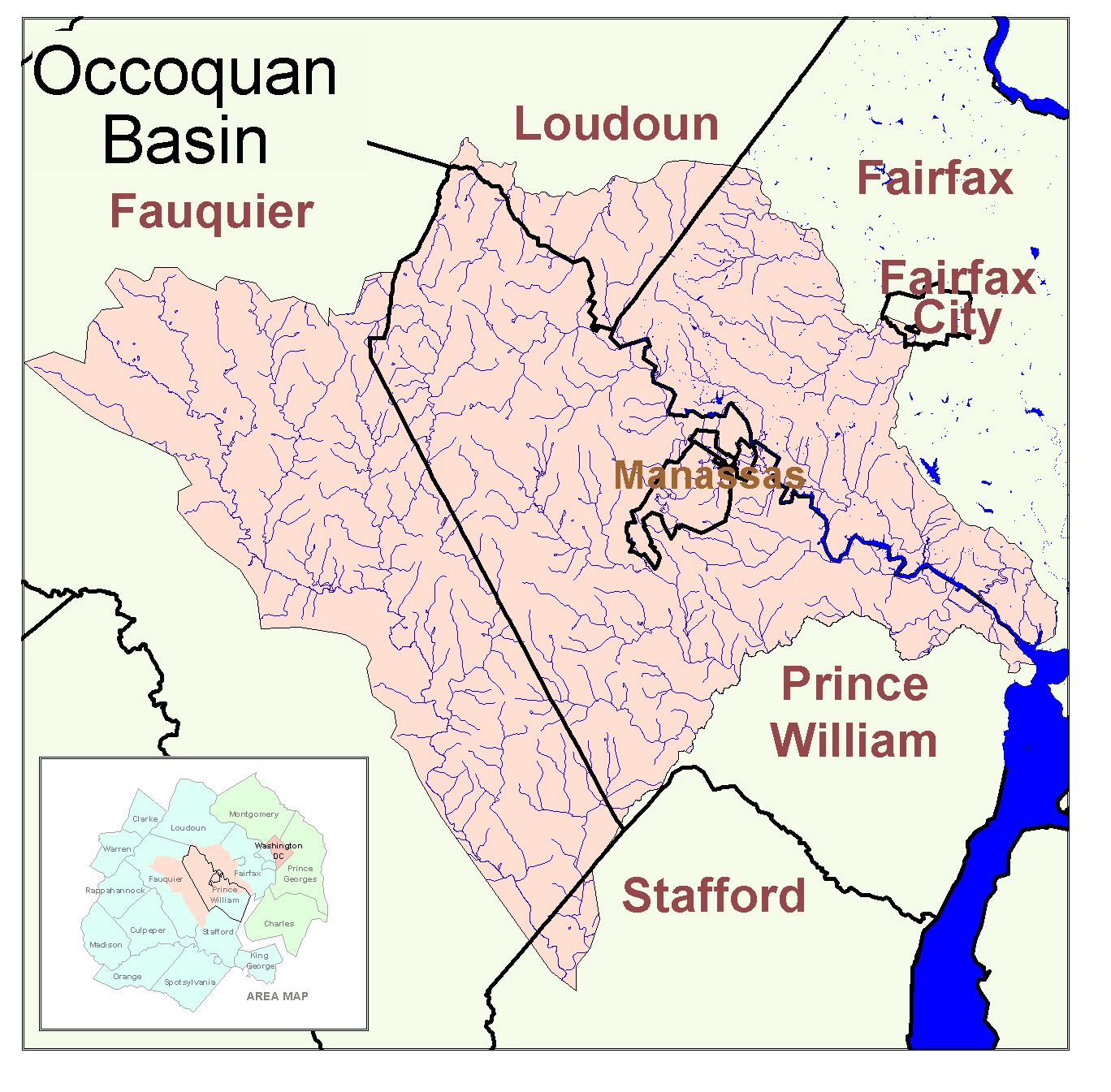Infrared photographs of zone between Baltimore and Washington, DC 1973 and 2002 showing increase in urban development. Source:
NASA Earth Observatory
Awhile ago I posted some comments on bottled water. When thinking about bottled water, we mostly think of the small bottles people who jog, bicycle, or want to appear addicted to exercise carry with them along with the multi-liter bottles on the refrigerator shelf. According to a television advertisement for
Britta philtres, people in the United States annually empty enough of those bottles to encircle the earth 100 times. The
costs in monetary terms and in environmental damage from consumption of that kind of bottled water are substantial, a topic we may examine in a little more detail at some later date.
Another kind of bottled water is known to people in urban areas where large (and mostly reusable) jugs of water are delivered to office and shop water coolers. That business, like the sale of smaller bottles, is huge as evidenced by a
fawning piece in the pathetic business section of todays right-wing
Washington Post (WP). The Washington-Baltimore metropolitan area is supplied by an oligopoly composed of two multi-national firms
Crystal Springs and the
Nestle owned
Deer Park along with a much smaller local firm
DrinkMore Water (also peddling small bottles with custom labels through its division called
DrinkMore Custom Water). Those firms will deliver to private residences, but the bulk of their sales are to large customers in offices, retail establishments, and factories. The evidence in the piece published today by the
WP is the market is growing.
The reasoning for having water delivered rather than using tap water for employee and customer drinking is complicated, but a simple analysis would suggest that it is almost never justified. By any measure, bottled water, even that in large jugs, is far costlier than water from the tap. Instead of fractions of a penny per liter, the bottled water costs 10 cents or more per liter, often substantially more. The cost is quite variable depending on how much water is delivered to a given location. For home delivered water at $7.50 per 19 liter container (5 gallons) advertised by
DrinkMore Water in the DC area, the bottled water is about 40 cents per liter.
Fairfax Water tap water costs its residential customers between $1.94 and $2.08 for 3,785 liters (1,000 gallons) or about 0.55 cents per liter at the county water agency's highest rate.
The water delivered by the oligopolistic companies is generally safe water, at or below maximum acceptable levels of bacteria and other contaminants, but the water delivered by urban water supply systems through the taps also meets that requirement. The
Environmental Protection Agency (EPA) has established maximum allowable levels for various contaminants, and it requires frequent testing of water by suppliers to ensure water is not contaminated beyond those levels. Advertising to the contrary, it is not at all clear that bottled water is any healthier or safer to drink than tap water, except in a very few special circumstances when local tap water is contaminated. In the end, taste is the primary selling point, and the companies argue their water has a better taste because of
special filtration.
Recent postings have noted water supply issues in the Maryland area served by
Washington Suburban Sanitary Commission. At the moment there are no restrictions or advisories, but ones in the recent past have been alarming. In the
District of Columbia, lead in the water remains an issue and will until a vast investment is made in replacement of aging pipes, though the use of orthophosphate and other treatment has reduced the levels of lead in almost all of the water to the EPA maximum or less. The
District of Columbia Water and Sewer Authority offers lead testing for concerned customers with lead problems frequently occurring within private structures and not in the public water mains. The water in
Fairfax County, Virginia the largest suburban jurisdiction, tastes foul to many of us, but it meets or exceeds EPA standards, and the foul taste can be removed using simple filters like those sold by Britta. Despite those reservations, all of the evidence suggests that there is really little reason for the vast majority of commercial sites in the Washington-Baltimore metropolitan area to depend on delivered bottled water. In addition to the monetary costs noted above, each of those oligopolistic companies selling bottled water has a fleet of trucks driving many kilometers each day in order to serve customers scattered over several thousand square kilometers of territory and contributes to environmental contamination in several other ways as well.















.jpg)
